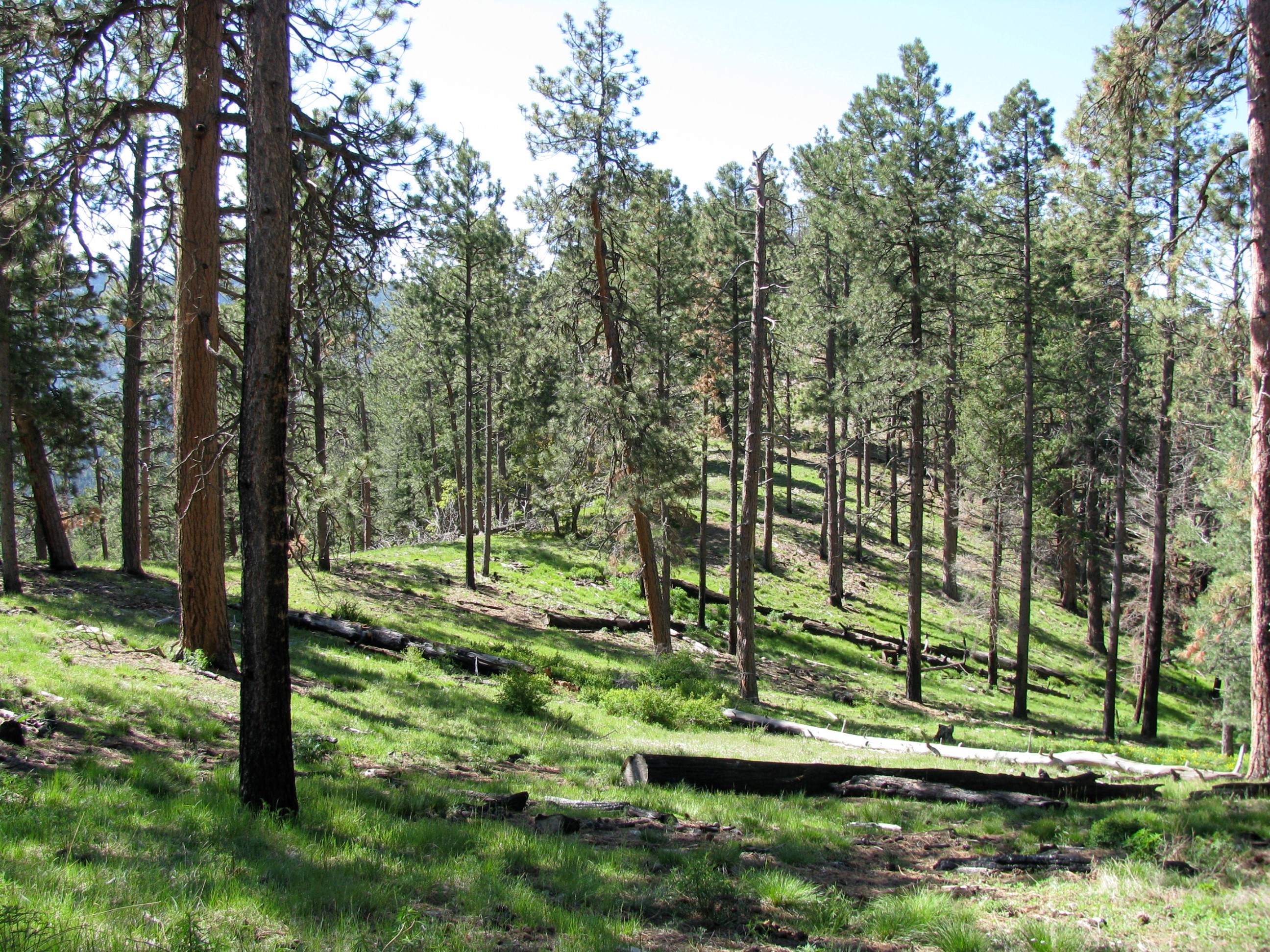Western Fire on the Rise
Author: Laura Marshall
It’s become a regular thing to turn on the news during the hot months of the year, and see images of wind-whipped flames devouring a California subdivision or a forested mountainside. In the last decade, fires in the West have burned much larger areas than previously. This phenomenon appears to be linked to the record warmth of the past decade, as well as with forest management choices.
Consider the Santa Catalina Mountains outside Tucson, where in 2002 and 2003 the Bullock Fire and then the Aspen Fire burned nearly the entire mountain range, including the Summerhaven community. A few years later the Rodeo-Chedeski Fire in northern Arizona became the largest fire in the state’s history. These happened during some of the hottest years on record, globally.
Fire is a natural occurrence in the forests of the West, and by looking at the rings of fire-scarred trees and logs, dendrochronologists can tell how often fires burned through a forest. These frequencies of past wildfires are known as fire regimes; they vary primarily by type of forest. - Fire regimes can range from a fire on average every five years up to hundreds of years between fires. Tree-ring based studies indicate that the natural, historical fire regime for the Santa Catalinas, largely Ponderosa pine forest, is one where a slow-burning surface fire every ten years or so clears out undergrowth and leaves the large trees alive and well.
Due to fire suppression activities during the 20th century, normal surface fires didn’t happen for multiple decades, leaving many forests with a much higher load of fuel than would have ever existed naturally. More recently, efforts to prevent huge, hard-to-control fires have led to the use of small “controlled burn” fires as a management tool, but the effects of all-out 20th century fire suppression linger. Dead wood and many small trees that natural fires would have removed, instead built up in the forest over the years. Thus when a fire starts, from lightning or a careless human, there is often abundant fuel to stoke it.

The Sangre de Cristo Mountains in New Mexico, a year after a thinning treatment and a controlled burn. Such forest management practices can reduce the potential for large forest fires in the Southwest. Photo credit: L. Marshall.
But fuel loads alone are not to blame. A 2006 peer-reviewed study by Westerling et al. in the journal Science shows a link between warming temperatures, earlier spring snowmelt, and a clear rise in the frequency of large wildfires. Snow melting sooner means the ground is much drier earlier in the summer. Higher summer temperatures dry out the forest, enabling it to burn more easily. Both of these climate factors show strong correlation with the increased incidence of large wildfires in recent years. As the world is expected to continue to warm, larger and more extreme wildfires may become the new norm. Large, climate-driven fires look to be a major challenge for forest managers, residents, and outdoors enthusiasts over the coming century.
Reference
-
Westerling, A.L., H.G. Hildago, D.R. Cayan, and T.W. Swetnam. (2006) Warming and Earlier Spring Increase Western US Forest Wildfire Activity. Science 313, 940-943.

